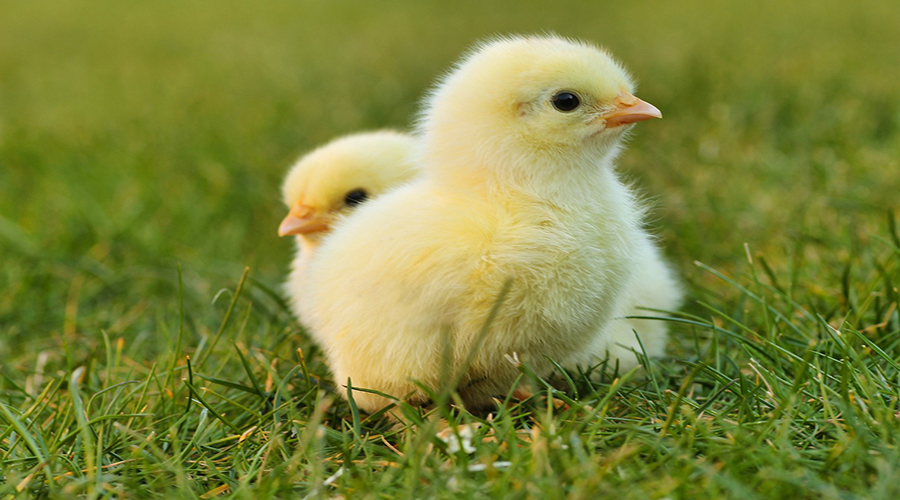It’s exciting to raise chickens! Understanding how is equally crucial. Let us help you “start from scratch,” so to speak, with this beginner’s guide to keeping chickens!
Today, we will see the post of How to raise and care for chicken butts.
Let’s together…
Table of content:
•When Did “Guess What Chicken Butt “First Appear?
•Why should You Raise Chickens?
•How to Treat Pasty Butt
•Chicken Anatomy: Digestive System
• How to Build a Chicken Coop: Guide
•Conclusion
When Did “Guess What Chicken Butt” First Appear?
The expression’s documented history is intriguing nonetheless. The Deep South, namely the black vernacular, seems to be where it first appeared.
We need to disprove a good deal of that Today I Found Out, which is basically filler, and then a few intriguing pieces that suggest the real roots of the statement.
It’s not that the author’s original study isn’t valuable; it’s just that a lot of it consists of fascinating tangential information that is irrelevant.
Why Should You Raise Chickens?
There are several benefits to keeping hens in your backyard. The eggs are a tremendous temptation because they are better for baking, taste better, and are fresher than any store-bought eggs.
You may dump the shells and the chicken waste immediately into the compost pile.
The birds occupy themselves for a large portion of the day by eating grass, worms, beetles, and all the other tasty farm egg-making ingredients.
In addition, hens are excellent gardening companions due to their sensitive sense of insect problems.
How to Treat Pasty Butt
Fortunately, if found early, pasty butt is a simple, if disturbing, condition to treat.
At the first symptom of pasty buttocks, it should be treated because it is the kind of ailment that is likely to worsen. As time goes on, treating it becomes increasingly challenging.
Step One:
First, prepare a bowl of water that is as close to the temperature of the brooder as possible.
Then, make sure you have gloves on and either paper towels or napkins on hand.
Keep the disposable towels moist throughout the entire process. By doing this, the paper remains gentle and softer against the baby’s bottom.
Step Two:
Then, after picking up the already understandably irritated chick, slowly lowered its back end into the warm water.
In order to keep the chick from getting too cold when it is put back in the brooder, I try to moisten it as little as possible.
The chick instantly unwinds and accepts the experience once she’s in the water.
Frequently, it will cease chirping and even hang its legs like rag dolls in the warm water (the warm water is like a beautiful spa treatment for the picky chick).
Take care to gently submerge the chick for about 30 seconds while holding it securely in the water.
Step Three:
The next step was to remove the chick from the water and gently try to remove some of the plugs while holding the wet disposable towel in my other hand.
Repeat steps two and three until the plug can be removed with only light pressure, if it hasn’t softened sufficiently to allow you to remove the entire plug.
Step Four:
To leave the girl dripping from her behind would be impolite.
Spend some time gently dabbing the chick’s bottom to speed up the drying process.
After that, put the chick back in the brooder.
Keep the wet chick apart until it is dry if other chicks are picking at the moist portion of the chick to the point of aggravating or injuring it.
Baby chicks are inquisitive and enjoy poking fun at those who deviate somewhat from the others in appearance.
It happens frequently that the same girl will be filled again quickly.
For this reason, it’s critical to treat the underlying issue and keep an eye out for the chick’s pasty butt.
Chicken Anatomy: Digestive System
Despite the fact that the ultimate result is the same, the bird’s digestive system differs significantly from our own.
There are no teeth in a chicken’s beak.
Have you ever questioned why chickens flee from mice or snakes?
If the thing is too big to swallow, it is said that the bird would flee with the food, whereupon other birds would pursue it, grab hold of it, and rip it into bite-sized pieces.
The morsel enters the crop, an expanding storage compartment, after which it moves to the proventricular to wait to enter the gizzard.
Why do avian crops exist? Since chickens are predatory animals, they have developed the ability to consume large amounts of food at once and store it in case they need to flee from danger.
The process of food digestion begins in the stomach.
The bird stores grit and tiny stones in its very muscular gizzard, which is part of its digestive system used to grind food into a paste.
How to Build a Chicken Coop: Guide
1. Location of the coop:
In order to preserve coop hygiene and offer safety for the birds themselves, the location of the coop on your land is a vital factor to take into account.
To prevent flooding, mud issues, or other accumulations of water and moisture, a chicken coop should be constructed on high ground.
To keep your birds dry if you can’t find high ground, you’ll need to build an elevated coop.
2. Size of the coop:
1. The majority of chicken breeds need at least 3 square feet of area in a coop per bird if outdoor range space is available, according to the University of Georgia.
For standard breeds, we would suggest at least 4 square feet. Consequently, a 24-square-foot coop is adequate if you plan to keep six chickens.
2. Chickens should have an outdoor run,” or space of at least 4 square feet per chicken that is separate from the interior coop.
3. Chickens should have extra space inside the coop to stretch out if there isn’t any outdoor range space available.
For individuals without access to outside range space, it is advised that each bird have between 8 and 10 square feet of space.
This is crucial if you keep a winter coop as well, because it provides room for the chickens.
4. Your breed will determine how much vertical space you need, as well as other requirements like door heights and the appropriate indoor temperature.
5. A coop must have roosting bars, space for a food and waterier, nesting boxes, and vents for air circulation in addition to being structurally solid.
These items must be considered while drawing up a plan to ensure that the hens have the room they require.
Conclusion
Even though pasty butt in chicks can be dangerous, it is readily avoidable or treatable with the right precautions.
By adhering to the above-mentioned instructions, you can keep your newborn chicks healthy and content.
Keep a tight eye out for any symptoms of pasty buttocks and respond quickly if any are found.
When you order your chicks from our family of hatcheries, you can help ensure that they have a healthy and secure start in life by exercising the proper knowledge and care.
Top 10 Sustainable Travel Destinations in the US (inventivemug.com)



